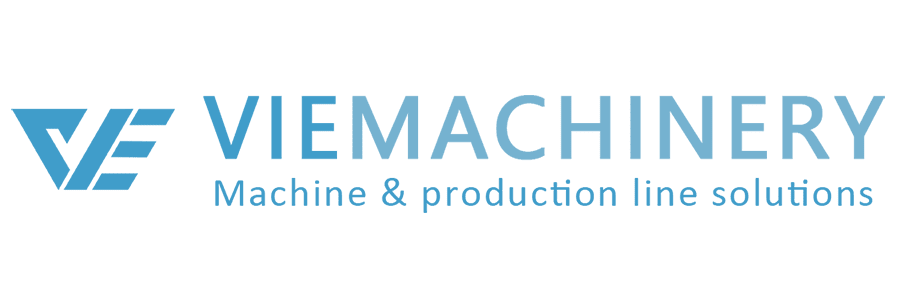In the world of label printing, narrow web printing and labeling systems have emerged as essential tools for businesses seeking efficiency, versatility, and high-quality output. These systems are designed to handle a variety of narrow media, making them ideal for producing labels, tags, and other small items. Leading brands like Heidelberg and NeuraLabel offer innovative solutions that cater to diverse printing needs. This article will delve into the different types of narrow web printers, enhancements for printing quality, and practical examples of their applications.
Narrow Web Printing Technologies
Flexographic Printing
Flexographic printing is a popular choice for narrow web applications due to its ability to print on a wide range of substrates, including paper, plastic, and metallic films. This technique uses flexible relief plates to transfer ink onto the material, resulting in high-speed production and vibrant colors.
Digital Printing Systems
Digital printing systems, provide high-performance solutions capable of handling various media types at impressive speeds.
Enhancements for Printing Quality
Corona Treatment Solutions
One of the key enhancements in narrow web printing is the use of corona treatment solutions. These systems, like those from Vetaphone, improve the adhesion of inks and coatings by modifying the surface energy of the substrate. This process ensures that the printed images are sharp and durable, even on challenging materials.
Modular and Integrated Systems
Heidelberg’s modular and integrated printing systems offer flexibility and user-friendliness, allowing businesses to customize their printing setups according to specific needs. These systems are designed to grow with the business, providing scalable solutions that can adapt to changing demands.
FAQs
What is narrow web printing?
Narrow web printing refers to the process of printing on narrow media, typically less than 16 inches wide. It is commonly used for producing labels, tags, and other small-format items.
How does flexographic printing work?
Flexographic printing uses flexible relief plates to transfer ink onto the substrate. This method is known for its high-speed production and ability to print on a wide range of materials.
What are the benefits of digital printing systems like NeuraLabel?
Digital printing systems offer high-speed, high-quality printing on various media types. They are ideal for businesses that require quick turnaround times and the flexibility to handle different printing jobs.
How can corona treatment improve printing quality?
Corona treatment enhances the surface energy of the substrate, improving the adhesion of inks and coatings. This results in sharper, more durable printed images.
What should I consider when choosing a narrow web printing system?
When choosing a narrow web printing system, consider factors such as the types of materials you will be printing on, the required print quality, production speed, and the scalability of the system to meet future needs.
In conclusion, narrow web printing and labeling systems offer a range of solutions designed to optimize the printing process for various applications. By understanding the different technologies and enhancements available, businesses can select the right system to meet their specific needs. Whether it’s the flexibility of flexographic printing, the high performance of digital systems, or the quality enhancement of corona treatment, there are numerous options to ensure efficient and high-quality output.

